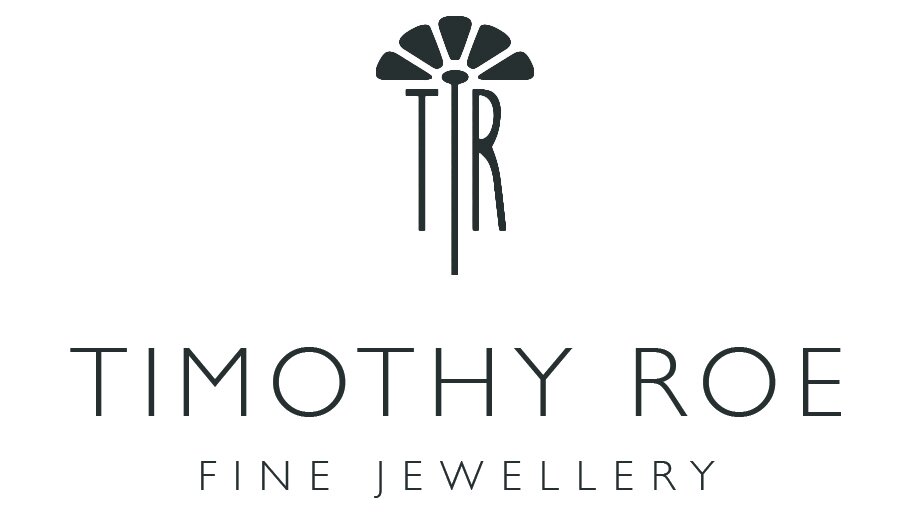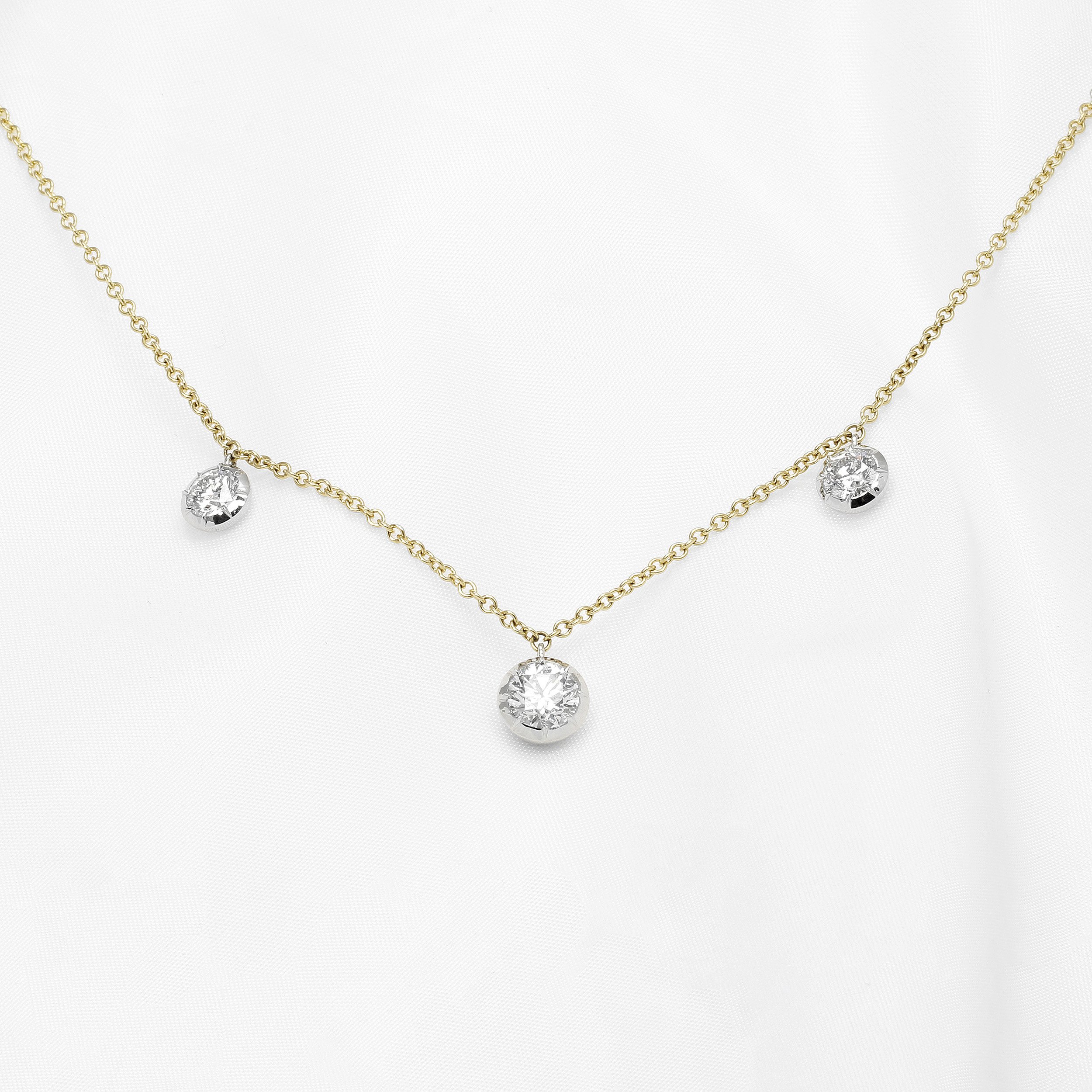A Guide to Jewellery Valuations
When customers ask us whether we offer jewellery valuations, the answer is often more nuanced than a simple "yes" or "no." We usually follow up with a few clarifying questions—which can sometimes cause confusion. So, do we offer valuations? Yes—and no. It all depends on the type of valuation you require.
Did you know there are different types of valuations for different purposes—and that each will produce a different value for the same item? That’s why it’s important to understand the purpose of your valuation and to ensure your valuer knows this too. Only then can the appropriate value be recorded accurately on your documentation.
Whether you're insuring a treasured heirloom, preparing to sell a piece, or simply curious about its current market value, a professional jewellery valuation is something many people will need at some point in their lives.
This guide will walk you through the different types of valuations, what to expect from the process, and what your documentation should include—so you can confidently choose the right valuation for your needs.
Types of Jewellery Valuations and Their Purposes
1. Insurance Valuation
This is the most common type of valuation and is intended to provide adequate coverage in the event of loss, theft, or damage. It reflects the retail replacement value, including materials, labour, and taxes required to recreate the item. This is typically the highest valuation amount.
Within insurance valuations, there are further distinctions:
New Replacement Value
Replacement with a Similar Article
Antique Replacement Value
Facsimile Value (Exact Replica)
Reproducing an item—especially with non-standard or custom-cut stones—can significantly affect the cost, and the valuation should reflect this. If you’re unsure, our team or an accredited valuer can advise you.
2. Private Resale Valuation (Second-Hand Market)
This valuation estimates a realistic resale price between individuals, often significantly lower than retail and is commonly confused with insurance valuations. This will be based on the second hand market and does not cover the costs of time and labour to make it but just the materials as they are currently on the market. This type of valuation may be complex, as it depends upon the purpose of the sale; it may be general retail, thus it may be assessed whether a fair price is paid or or a fair price offered. It could be called ‘the marketable cash value’ in some regions.
Key considerations include:
Are you buying or selling?
Who is the transaction with—dealer, retailer, or private individual?
Is it a family or friend sale?
Are you simply seeking an offer?
Jewellers who buy second-hand pieces usually offer a value based on what they believe they can sell it for, factoring in commission or fees. At Timothy Roe, we do not work the in second-hand jewellery market, but we can arrange a valuation with our external, accredited valuer.
3. Probate or "Fair Market Value" Valuation
Used for estate settlement and inheritance tax, this valuation determines the item’s fair market value at the time of death. It reflects what the item would sell for on the open market as a forced sale, not its replacement value. It is its real-life value as the item stands in its current condition.
It’s essential for ensuring accurate tax calculations, fair asset distribution, and avoiding potential disputes among beneficiaries. This is particularly important if you intend to leave jewellery to multiple people or if some pieces have a much higher value than others.
4. Divorce Settlement Valuation
For asset division during divorce, this valuation reflects a lower figure than insurance or resale values and is typically required for items valued over £500.
5. Loan Security or Pawnbroking Valuation
Used when jewellery is offered as collateral, this is often the lowest valuation. In some cases, a melt-down price may be provided, based on the resale value of the raw materials (stones and metal).
How Much Does a Valuation Cost?
Valuation fees vary depending on:
The number and complexity of items
The type of valuation and expertise needed
The valuer’s pricing structure (fixed fee, hourly rate, or per item)
We’re happy to provide an estimate before your appointment to ensure full transparency. For more information please visit our page on Valuations here.
The Valuation Process: What to Expect
1. Book Your Appointment
Appointments are limited, so book early and please specify how many items you’ll bring (e.g. 2 watches, 4 rings). This helps us allocate the necessary time.
2. Item Drop-Off
A few days before your valuation, you’ll bring in your items. Each will be:
Logged and photographed
Brief description of item noting condition which may include:
-chips, cleavages or scratches on the gemstones or damage to the item of jewellery
-loose stones that might come out of the setting
-worn thinning edges that might pose durability problems
-Any obvious inclusions /marks in the stones that might help identify it should the item be separated from the paperwork at any time (This is different to gemmological inclusions)
-Fillings like glass lead filling in rubies and diamonds to repair fractures in the stones
-number and shapes of stones in multi-stone ringsIssued with a signed receipt from both parties (customer and jeweller)
Bring any original packaging, receipts, or certificates—they’re helpful for accurate valuation.
3. Deposit Payment
A deposit or the document fee is typically taken to secure your booking and the valuer’s time.
4. Cleaning & Photography
Items are gently cleaned (if appropriate) and professionally photographed.
5. Valuation Assessment
The valuer conducts a detailed assessment of each item.
6. Secure Storage
Your items are stored safely until collection.
7. Documentation
In-house valuations are printed on our letterhead and ready with your items.
External IRV valuations are prepared offsite and delivered to us approximately 2 weeks later.
You may collect your items after the valuation or wait until the documents are ready.
8. Collection & Final Payment
Final balances are settled when you collect your jewellery (and documents if in-house).
How Long Does It Take?
Most in-house valuations are completed within 10 working days, depending on item volume and complexity. External IRV valuations are usually completed in one day but the reports can take a few weeks to complete. Some valuations may take longer if specialist analysis or off-site valuation is needed. If this is the case the customer is always informed and permission is obtained.
What Should Be On The Valuation Document?
The document should ideally be typed and be on letter headed paper. There should be the following points:
Date, document number and location
Type of valuation and name and address of owner
Full description of the item including: type of setting and method of manufacture if known, carat weights, colours, clarity grades, shape, and dimensions of all stones, hallmarks, metal type and the carat/fineness, sizes (for rings), length (for bracelets and chains). Please note this description might vary across different valuation types.
Photograph of your item
Total gross weight of item
Value of item in numbers and words
Closing statement with signature and name printed in full
Any other legal notifications/clarification needed
Address and contact details of company/person who did the valuation
Appraisal vs Valuation: What’s the Difference?
Though often used interchangeably, an appraisal can be informal ie. A verbal estimation that is not accurate nor outlines specifics of the item. A valuation—especially from an IRV-accredited professional—is a legally recognised, fully documented report with detailed descriptions and photos.
In the UK, “valuation” is the preferred term whereas in other English speaking countries appraisal is often used.
Can Anyone Do a Valuation?
No. Professional valuations require:
Gemmological expertise
Market knowledge including historical knowledge of jewellery
Formal qualifications and/or training and experience in jewellery
Not every jeweller or gemmologist is a qualified valuer. Always check credentials and experience. It takes many years of industry knowledge and experience to become a valuer or to value jewellery accurately which will be reflected in the quality of the valuation and the price.
Why Choose an IRV Valuer?
The Institute of Registered Valuers (IRV) is the UK’s most respected body for jewellery appraisal professionals. IRV valuers:
Undergo strict training and assessments
Commit to a Code of Practice and Continuing Professional Development
Are regularly reviewed to maintain standards
This ensures accuracy, professionalism, and peace of mind. The IRV, part of the National Association of Jewellers (NAJ), has been the benchmark for professional jewellery valuation since 1987. IRV members undergo rigorous training, regular professional reviews, and commit to a strict Code of Practice and Continuing Professional Development. This ensures your valuation is carried out by a trustworthy and competent professional who adheres to the highest industry standards.
We recommend checking with your insurance provider as to who can carry out your valuation as some might maintain that insured items must be valued by an IRV professional whilst other insurance companies might be more flexible.
Who Carries Out Our Valuations?
Dan Roe currently handles valuations for items made in-house.
Karra Ellison of Crystal Clear Valuations conducts most other valuations on-site monthly.
Karra is an accredited IRV member and her credentials can be verified via the NAJ website or her own website.
Important Notes About Valuations
A valuation is a professional opinion, not an absolute fact.
The same item may be valued differently by different professionals.
Valuations are valid only for the specific purpose and time they were given.
Factors like fashion, labour costs, gem supply, and currency exchange rates can affect value.
Gem Identification
Not all gems can be definitively identified while still set.
Treatments or synthetic stones may be undetectable without removal, which can be risky or costly.
Customers must agree to any additional work required for full identification.
Describing Items Before Valuation
Until a gem is formally tested, it’s best to describe it by colour (e.g. "a red central stone with two smaller colourless stones") rather than by gemstone name. This protects both the customer and the jeweller legally, especially in case of disputes.
Final Thoughts
A jewellery valuation is more than just a number—it’s a crucial document that can protect you financially, legally, and emotionally. Whether you're insuring, selling, or planning your estate, choosing the right type of valuation and a qualified professional is essential.
Tip: Take photos with date and time stamps of your jewellery pieces and keep a PDF copy of the receipt to prove ownership. Sometimes receipts can fade over time or go missing so scanning them into your computer as a PDF will ensure you always have a legible copy.
For any questions or to book your appointment, don’t hesitate to contact us—we’re here to help.









